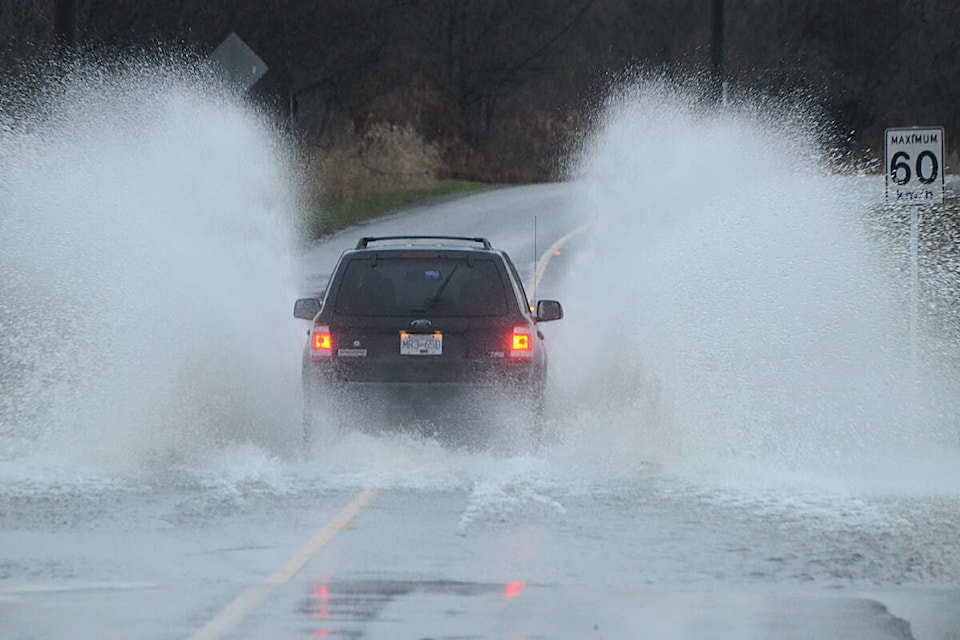Our provincial government recently announced $909,000 in funding for evacuation route planning and improving public notifications in times of crisis.
The list of 22 communities includes many that you wouldn’t be surprised by – smaller towns and First Nations communities in relatively remote, rural, and mountainous parts of the province.
Obviously, getting people into and out of those areas in the event of a wildfire, flood, or other disaster can be a challenge.
But the list includes places like Mission, Harrison Hot Springs, the Fraser Valley Regional District, even the Edmonds neighbourhood in Burnaby.
British Columbia is beautiful, and a lot of that beauty comes from our mountains and our waterways. Of course, when you need to get somewhere fast, nothing gets in your way quite as effectively as a mountain or a big body of water.
Even large communities have choke points, dead end roads, remote areas that could easily be cut off by fallen trees, flooded culverts, or a wildland interface fire.
This fall, put aside some time to create a family emergency kit and making plans for what you would do if you have to leave home in a hurry. Do you know what you would take if your had five minutes to leave? Pet food and leashes, passports and family photo albums, the keepsakes that can’t be replaced – could you gather them all?
This is not an abstract question any more. After Jasper and Lytton and Fort McMurray and dozens of smaller incidents where a half dozen homes were threatened, we know that people sometimes have little warning. Hours or minutes, not days.
It’s good to see the provincial government putting money into planning for the worst case scenario.
The other factor in planning is to work harder to prevent those worst case scenarios.
That means ensuring that we have fully reinforced dikes and enough pump stations to deal with a worst-case, once-in-500-years situation like the atmospheric river that inundated parts of the Fraser Valley a few years ago. It means boosting our wildland firefighing crews, on the ground and in the air. It means continuing to seismically upgrade schools and major public buildings for when the Big One hits.
An ounce of prevention is worth a pound of cure is still good advice.
– M.C.



